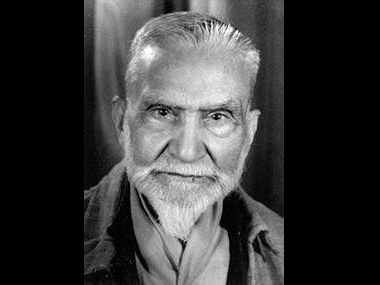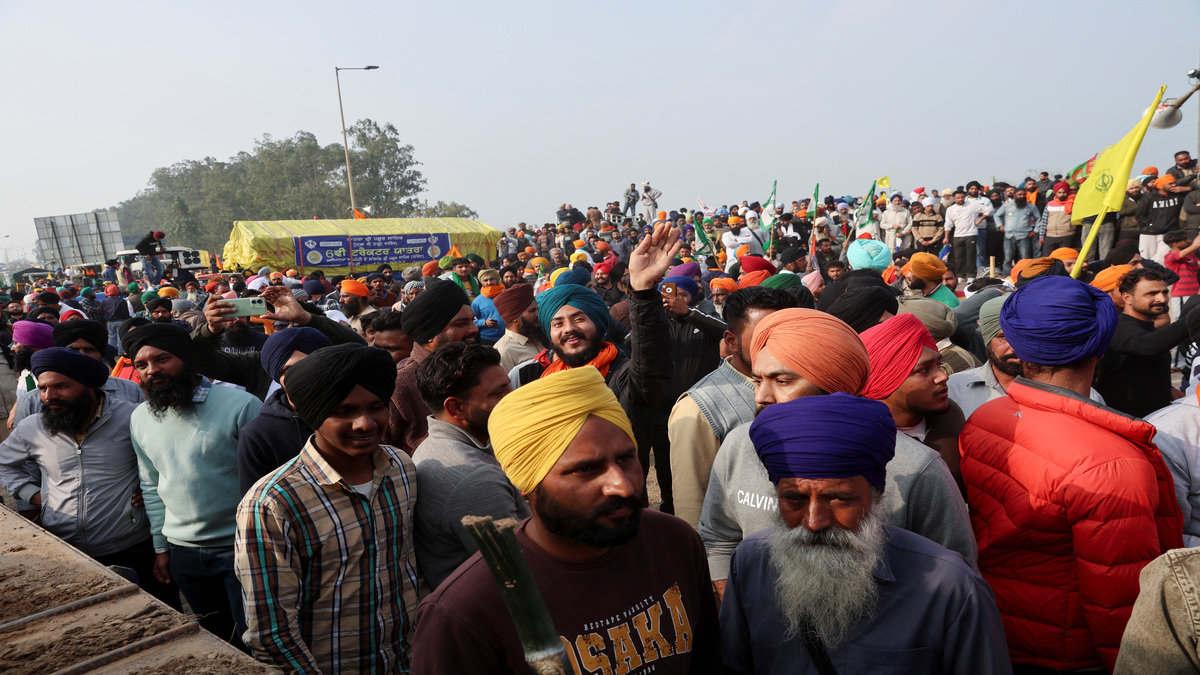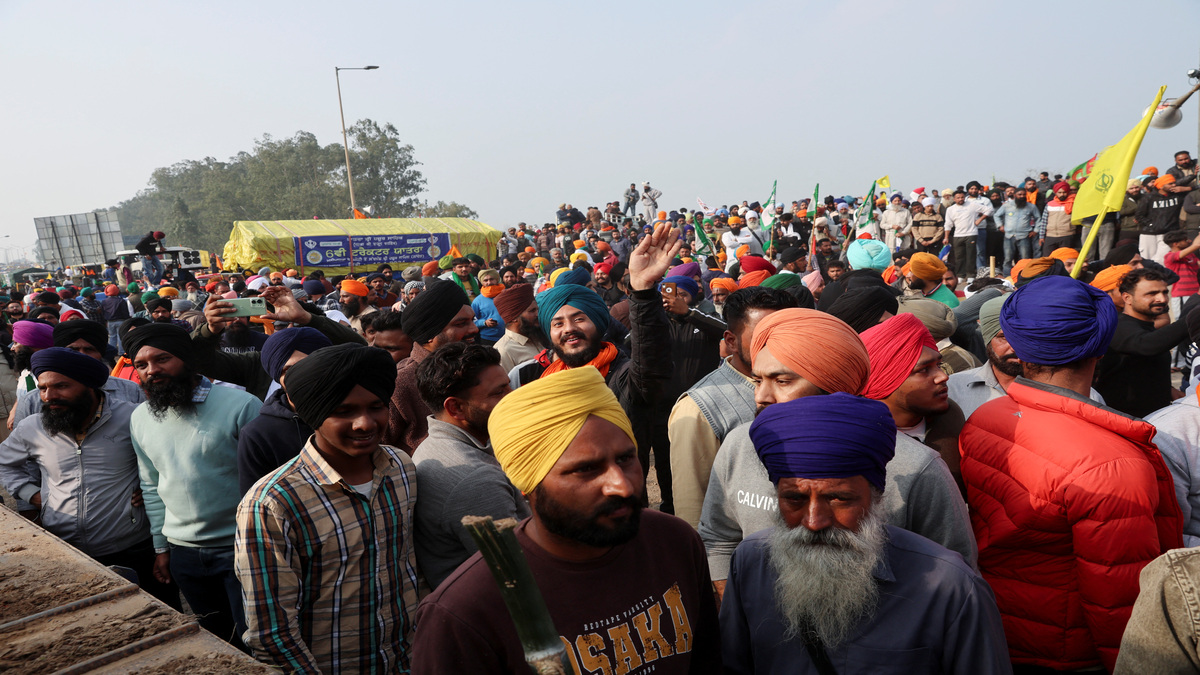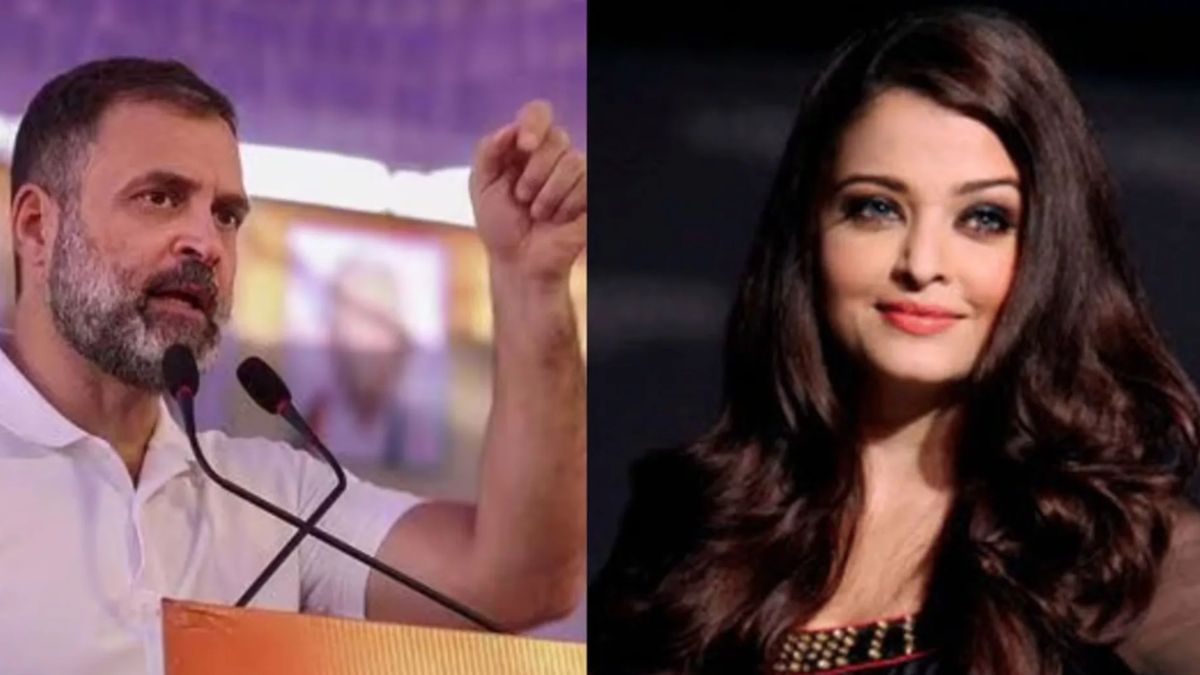In harnessing the past for its divisive political projects in the present, the BJP often becomes entangled in absurd contradictions and falsehoods.
For nearly a fortnight, the BJP has been insisting that the Aligarh Muslim University celebrate the 128th birth anniversary of Raja Mahendra Pratap Singh, in appreciation of the land and money he generously gifted to the prestigious educational institute. The BJP’s ostensible purpose is to portray the indifference, even ungratefulness, of AMU to the raja who is said to have contributed immensely to its rise and evolution.
In its misguided enthusiasm, the BJP has forgotten to check the records of the Election Commission of India. Had it done so, it would have discovered that Mahendra Pratap vanquished Atal Behari Vajpayee, who arguably remains the party’s most enduring icon, in the 1957 Lok Sabha elections from the Mathura constituency. Contesting as Independent, Raja Mahendra polled 95202 votes, as against the 23620 that Vajpayee garnered. The BJP leader was, in fact, relegated to the fourth spot.
Then again, it wasn’t Raja Mahendra who lavished donations on AMU. It was, in fact, his father, Ghanshyam Singh, the Raja of Mursan, Aligarh, who gifted Rs 250, then a princely sum, which was utilised for constructing an AMU building. (Incidentally, Raja Harnarain Singh of Hathras adopted Mahendra at the age of three, and he divided his time between Mursan and Vrindavan)
In 1929, though, Raja Mahendra did lease for 90 years 3.04 acres of land to AMU, at Rs 2 per annum But the bulk of land, or 74 acres, was procured from the British government which had then taken the decision to close down the Aligarh Cantonment.
In his autobiography, My Life, Raja Mahendra provides a graphic account of his stay at the Mohammedan-Anglo Oriental (MAO) Collegiate School, where he was transferred to from a government school in 1895. Subsequently, he was admitted to the MAO College, but dropped out without completing his graduation. The MOA College, as we all know, was renamed Aligarh Muslim University in 1920.
AMU was palpably proud of its alumnus. As the oldest surviving student of AMO, Raja Mahendra was made the chief guest at its centenary celebrations in 1977, an honour which contradicts the BJP’s accusation against AMU for ignoring him. My Life brims with nostalgia about AMU and its teachers and students. As was the tradition among feudal lords, Raja Mahendra lived in two rooms of a bungalow on the campus, and had ten servants attending him.
My Life testifies to the fondness AMU’s founder, Sir Syed Ahmad Khan, had for Raja Mahendra and his family. One afternoon, as Mahendra Pratap was playing with two boys, Sir Syed stopped his carriage and called out for the prince. Raja Mahendra writes, “He (Sir Syed) said that he was a good friend of my father and that he wanted to see me make good progress.” Through its insistence on AMU celebrating the birth anniversary of Raja Mahendra, the BJP seems eager to poison the past and recast the historical memory reflecting today’s social tension, for which the BJP is undeniably responsible.
Raja Mahendra mentions in his autobiography that he would host lavish feasts for the teachers, prompting one Mr Moss, his headmaster, to rebuke him thus: “You will become a beggar.” Raja Mahendra writes in My Life, “I wept then but today I am glad that I am a beggar in the interest of humanity.” Unlike so many rulers, big or small, Raja Mahendra spent his ancestral wealth in his valiant struggle to free India from the foreign yoke and for propagating technical education.
For instance, in 1909, after a foreign sojourn and having converted to the cause of the swadeshi movement, he established Prem Mahavidyalaya in Vrindavan, a polytechnic offering vocational courses. He gifted his haveli to the polytechnic, which is from where it still operates. To raise funds as well as popularise the institute, it is said that he announced his decision to conduct a religious ceremony to name his son: relatives and invitees descended on Mathura with gifts on the appointed day. Once the religious ceremony was over, Raja Mahendra declared Prem Mahavidyalaya was his son, and that he was gifting his haveli to it.
However, it seems his two adoptive mothers – Raja Harnarain Singh of Hathras had two wives – protested vehemently, prompting Madan Mohan Malaviya, one of the invitees, to intervene and resolve the acrimony in the family. As a compromise formula, Mahendra gifted only a part of the haveli to the polytechnic.
Over the years, the building has become decrepit and requires immediate infusion of funds. Might not the BJP seek to perpetuate the memory of Raja Mahendra through an attempt to revive the polytechnic, rather than mount pressure on AMU to observe his 128th birth anniversary?
The naming of polytechnic as Prem wasn’t coincidental. Raja Mahendra initiated a religion of his own, Prem Dharam, or religion of love, about which he wrote extensively during his stay in Afghanistan. Its principal tenet is to care and love all human beings, regardless of their religion, and it opposes discrimination of all types, including those caste-based.
In My Life, Raja Mahendra records ruefully an incident on the cricket ground of AMU. As he was engrossed watching a match, Sir Syed’s grandson joined him with a plate of fried eggs. Raja Mahedra writes, “He ate but he could not offer me because the laws of man-made religion kept us apart.”
The Raja, however, was to overcome these caste rules and demonstrate a religious eclecticism impressive for the times he lived in. Quite clearly, he didn’t share the BJP’s animus towards Muslims. When Raja Mahendra established the first provisional Government of India on Dec 1, 1915, in Kabul, and became its president-in-exile, his prime minister was Maulana Barkatullah, his home minister was Maulana Ubaidullah Sindhi, and his foreign minister was Chempakaraman Pillai. The group sent several missions to foreign countries to seek help for ousting the British from India, and also dispatched secret communications to Indians leaders.
An incident in Kabul testifies to how this group of revolutionaries sought to overcome the religious divide and discrimination in the country in which they were living in exile. To a lunch with Habibullah Khan, the king of Afghanistan, Raja Mahendra was accompanied by Maulana Barkatullah and Kazim Beg, a Turkish captain who styled himself as diplomat and whose sentiments against the British matched that of the Indians.
Suddenly, Kazim Beg told the Afghan king that Raja Mahendra wished the Hindus were not required to wear the turban of a particular colour so that they could be differentiated from Muslims. The king expressed his helplessness, claiming he had removed all other restrictions imposed on Hindus but could not the requirement of turban. However, the Turkish diplomat pressed on. In an essay, the Raja notes, “I hurriedly added that I did not want to bring up this question at all,” informing his readers that Beg had brought up the matter of his own accord.
Nevertheless, Beg’s plea led to a discussion on religion, and Raja Mahendra expounded on the similarity between Hinduism and Islam, besides explaining the tenet of Religion of Love that he founded and practised. It was during his stay in Afghanistan that he wrote a book on it. He had written some of his ideas on a piece of yellow cloth, which he presented to the Crown Prince, Inayatullah Khan, who had it framed and placed next to a similar representation of Kalima, or the Muslim’s profession of faith.
His revolutionary fervour won him many admirers around the world, including Lenin, who invited him to Russia for a meeting. It would be a stretch to characterize Raja Mahendra as a Marxist, but a progressive leader he sure was, breaking the shackles of religion and caste. He was also independent minded. In his later years, he shifted to Japan, but he turned down the Japanese assistance for invading India and uprooting British rule. His reason: he believed Japan’s attitude couldn’t be remarkably different from that of the British.
For the BJP to attempt appropriating a man such as Raja Mahendra demonstrates a chutzpah history can only mock at. But this doesn’t bother the BJP, whose interest in, and respect for, history arises from pushing its political agenda. It identifies past leaders from the perspective of religious community in which they were born, regardless of their personal convictions and ideological orientation. Thus, history is perceived as a relationship between religious groups fighting to establish their supremacy.
Second, its sudden remembrance of Raja Mahendra is aimed at manufacturing a grievance that the Jats can nurse against the Muslims, a project which the BJP embarked upon following the Muzaffarnagar riots of last year. Through such dubious tactics the BJP undermines India’s both past and present, never mind the benefits that are supposed to arise from Make in India and First Develop India.


)




)
)
)
)
)
)
)
)